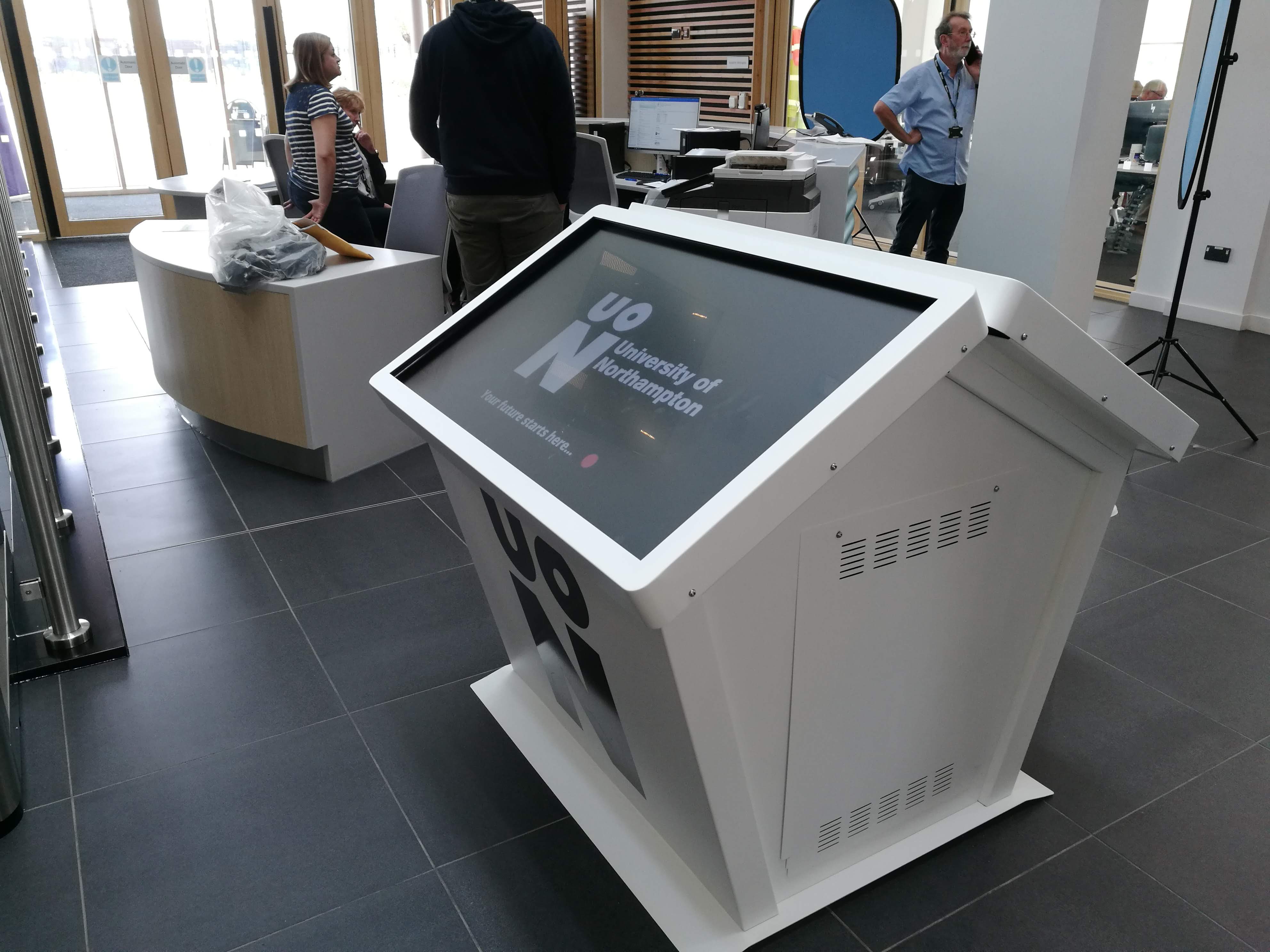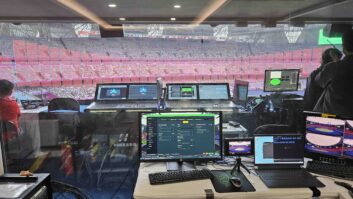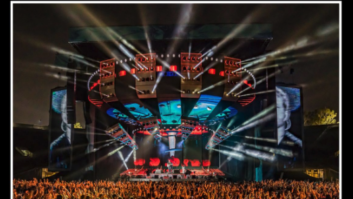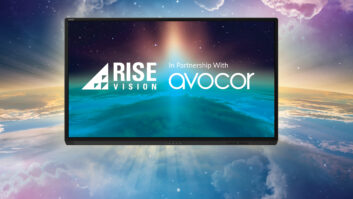When someone enters a building, whether as a customer, student, patient, or staff member, they all have one thing in common: wanting to get to where they need as quickly as possible. Unfortunately, there isn’t always a friendly staff member that’s able to help and ‘You Are Here’ signs often aren’t sufficient enough for immediate assistance when running late to something important.
Digital wayfinding, over the last decade, has become increasingly used by a number of businesses in different sectors. Whereas traditional wayfinding simply directed an individual from point A to point B, digital wayfinding offers users a multi-layered experience to provide much more value than would be experienced previously by a static wayfinding sign.
Here, Dominic Hinchcliffe, sales manager at TrouDigital, highlights the uses of digital wayfinding solutions in different sectors:
Healthcare Sector
Attending a health facility, such as a dental practice or hospital, can be a rather anxiety-inducing experience for most of us. This anxiety can be amplified when you can’t find the treatment room or wing you need to be in.
Enter digital wayfinding.
With modern hospitals being expansive, spread across multiple sites and multiple floors, finding a specific room on a certain floor within a specific wing can prove challenging to the best of us; let alone someone who may be having an emergency. A study in a hospital in Atlanta found that nearly 4,500 staff hours (equivalent to two full-time employees) were being eaten up by giving out directions to patients. The need to adequately direct individuals is not only to save a visitor time, but also to stop wasting staff member’s time. In turn, saving money and, potentially, even people’s lives over a long period.
Corporate Sector
For large corporate organisations, taking care of guests that could be potential clients is imperative for longevity. There’s nothing more captivating than a personalised welcome message upon arrival within a building, as well as the modernised feel of using an eye-catching touchscreen kiosk.
Besides providing a captivating entrance and helping guide a guest, integrating your digital wayfinding solution with meeting room booking systems and event scheduling software encourage colleagues and guests to make the most of all the facilities the building has to offer. Displaying parking information and local transport routes encourages visitors to use public transport and helps abet traffic congestion. For organisations spread across multiple rooms, floors, and sites, providing personalised staff directories can be an excellent means to keep organisations from feeling disjointed.

Education Sector
Within educational environments, digital wayfinding solutions can be imperative in aiding learning and facilitating the smooth flow of a school. Integrating a wayfinding solution with school timetabling software can help student punctuality remain at the highest possible level, whilst integrating with local transports routes helps students to safely travel home from school.
For international schools and colleges, being able to offer multiple language options keeps international students engaged and not feeling isolated. This is particularly useful for many private schools that become the hub for international students during the summer holidays.
Updating screens and kiosks in real-time means that any important information and announcements that need to be pushed out to students can be done so quickly. Alongside this, scheduling functionality allows staff to schedule content days, weeks, and in advance. During busy periods like the start of term and exam season, prescheduled content alleviates staff from the ongoing upkeep of wayfinding.
Retail & Hospitality Sector
Arguably the most stressful and fast-paced of all the aforementioned industries, the customer-facing retail and hospitality sectors are used on a daily basis by the bulk of us. Having a digital wayfinding solution in place can help reduce the stress that is incurred during busy working periods.
Displaying live directories of items is extremely useful for outlets that experience large fluctuations in stock levels. Being able to order stock directly through a digital solution also reduces the need for constant staffing, lowering the staffing budget spent on customer sales roles. This same model can be applied to food establishments as real-time menu boards can be used to display food and drink availability for customers.
A well positioned digital wayfinding kiosk in a busy environment will receive high dwell time, footfall, and user engagement. As such, it makes for an attractive prospect to advertise on. Advertising during non-use and downtimes can help generate more revenue and often pay for the cost of a screen. Applying specific QR codes to these screens at appropriate times of the day for specific retailers can increase customer propensity to visit shops and outlets that offer QR discounts and special deals.
Disability Use
A digital screen or kiosk has an immense potential to be able to support disabled users – both mentally and physically. This technology can help map wheelchair access routes around a University campus, or warn patients in a hospital that lifts are unavailable in real-time. Smart technology like this can help users that struggle with day-to-day activities that most of us take for granted. Treating these digital screens as ‘information points’ to convey vital information, such as nearby health facilities and counselling, can have a profoundly positive impact in removing the stigma around mental health. Something so simple as even displaying a helpline number could really make the difference for an individual.
Written by Dominic Hinchliffe, sales manager at TrouDigital







